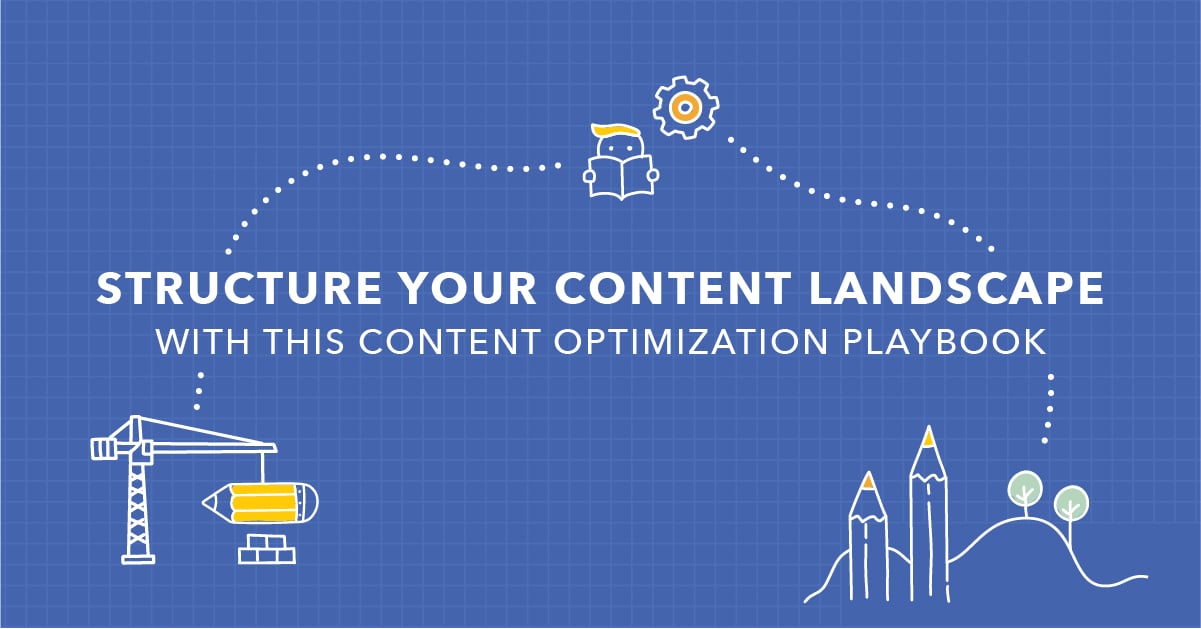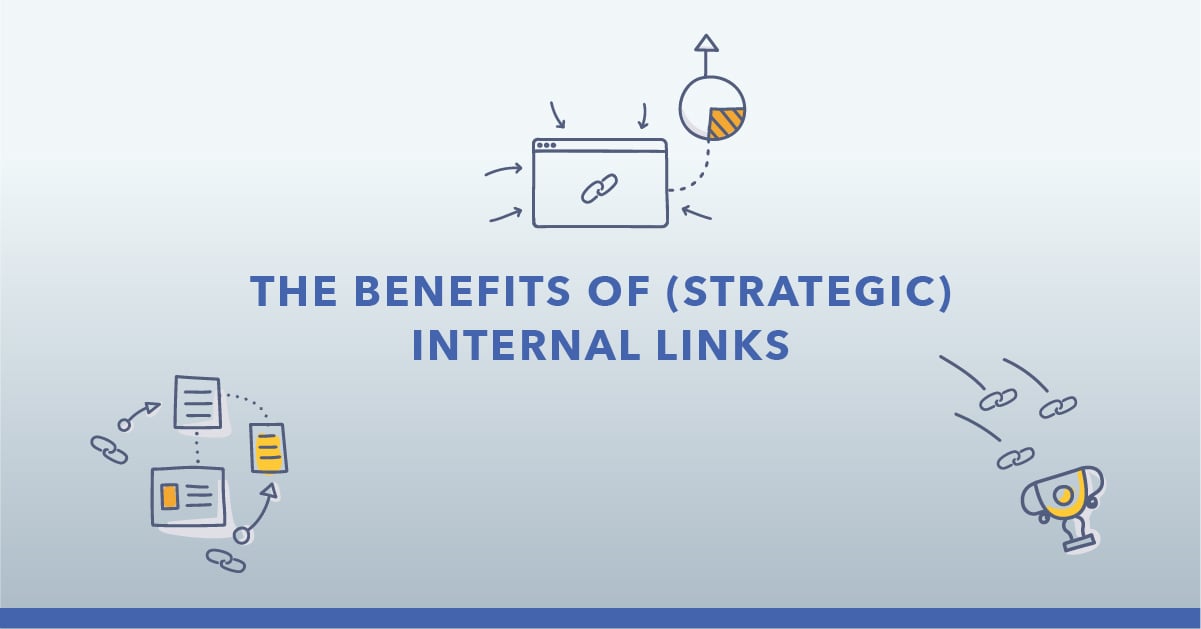SEOs face a critical challenge: You can't measure what doesn’t exist.
There are no rankings in ChatGPT, no impression counts in AI Overviews, no Search Console for Perplexity. AI-generated answers appear and disappear with each prompt—no two results exactly the same. And yet... some brands keep showing up. Others? Nowhere in sight.
Welcome to the visibility war inside AI search engines. Winning starts with understanding how these engines discover, process, and cite your content
In this on-demand webinar we look past the hype, with original research and trusted data to give you the clarity you need to compete in AI search.
Table of Contents:
Visibility in AI Search Starts with Crawlability
In June 2025, seoClarity analyzed hundreds of sites across varying sizes. The findings?
AI search engines crawl ~60% of the unique pages that Google does.
This shows an aggressive push to build AI indexes—but it’s not the same across the board. Larger, more prominent sites are prioritized, while smaller sites are often ignored.
Smaller sites (<10k pages) see less than 5% of their pages crawled by AI engines.
How to Ensure Your Content Gets Discovered in AI Search:
- Stop blocking AI bots. Some sites are still blocking GenAI crawlers.
- Understand JS limitations. LLMs aren’t accessing JavaScript.
- Track AI bot activity. Understand where AI bots are spending time on your site.
Clarity ArcAI helps you discover AI bot activity so that you can…
- See what all of the major AI engines are crawling on your site
- Check what pages they are accessing, from where – and where they are not!
- See what they’re excluding or unable to crawl
Where’s the Opportunity in AI Search?
All SEOs are now left wondering… where is the low hanging fruit? Where can they prioritize first so they can see how it works?
We all need to be rooted in the fact that there isn’t search demand – AI search engines aren’t sharing. There's no Keyword Planner, no Search Console, no logs of what users are actually asking.
But this isn’t new—we’ve navigated ambiguity before.
Voice search, mobile-first indexing, and featured snippets all required us to read between the lines — using public data, piecing together signals, and turning ambiguity into strategy.
In fact, working in the unknown? That’s kind of our superpower.
- Different inputs
- No visibility
- Unpredictable outputs
... welcome to the SEO industry.
Here’s the good news: it’s still early. Only 2.5 percent of searches currently occur on ChatGPT (the leading driver of AI search traffic).
To provide further perspective, data from Cloudflare reveals that:
- ChatGPT ranks #45 among global websites
- Pinterest (which ranks #44) has ~10M more monthly users
- Bing (which ranks #15) drives 2–3x more search traffic
This isn’t to downplay the impact – AI search traffic is growing rapidly. Especially now that AI Mode has been launched to all US users.
It simply means that there is still time. There’s structure we can apply and there’s a model we can use to shape strategy before the floodgates open.
Although we do know that there are some industries that receive more of the lions share of current AI search traffic. Information-rich sites seem to be accelerating in their adoption: Education, Health, and B2B sites.
Even seoClarity is seeing close to 5% of the overall organic traffic, while our clients’ ecommerce sites typically see 0.5 – 1% of their overall traffic coming from AI search.
What You Can Do to Optimize for AI Search:
- Use a statistical model for search demand
- Use site traffic / conversions
- Focus on strategic products / services
- Prioritize topics over keywords
Clarity ArcAI helps you answer the question of what your audience is looking for on AI search engines.
Helping you research prompts and demand, it is the industry’s first use of real clickstream data to estimate demand on LLMs.
Creating Content to Influence AI-Generated Answers
Some SEOs are now left wondering: should I even create content because AI search just gets the credit?
Long answer short: yes.
As Travis Tallent (Managing Director, SEO at Brainlabs) puts it:
It’s not about who gets the credit. It’s about who gets the influence.”
AI search is the new front door. You don’t need the click to shape the conversation.
Content Still Drives Outcomes in AI Search — Just Differently
Creating more authoritative, original content with multimedia, and third-party mentions typically yields more visibility in AI search.
And more visibility in AI search typically means that your brand will…
- Appear earlier in the buyer journey
- Influence how your brand is described
- Stay top-of-mind before a click ever happens
Stay tuned for our next webinar on July 29, 10:30am CT, which goes over the topic of why writing content is still worth it if AI results just summarize the content!
How AI Engines Process Content (And What To Do About It)
AI engines like ChatGPT, Perplexity, and Bing Copilot use Retrieval-Augmented Generation (RAG). They:
- Break down prompts into facets based on entities and intent which are then translated into 10+ sub-questions. These are then run through a search engine where your content can be picked up by the AI engine. This is known as the query fanning.
- Fetch short, self-contained passages that clearly answer specific sub-questions
- Assemble a final response from multiple sources.
In AI search, you don’t win by owning the whole topic — you win by showing up for every angle of it.
Not sure if you believe us? Here’s what additional sources are saying about how AI search engines analyze content:
“Chunking helps improve retrieval precision.” – Pinecone Docs
“We now index passages, not just pages.” – Google Blog
“Perplexity highlights specific snippets, not full pages.” – Perplexity Docs
How to Optimize Content for AI Search:
- Write modular, purposeful content.
- Use clear, descriptive headlines.
- Assume users will land mid-page.
- Avoid callbacks to previous sections.
- Ensure each passage has a purpose.
And yes—it may feel repetitive. But repetition anchors context for AI and improves retrieval accuracy.
And ultimately, this type of skim-friendly content is beneficial for everyone, from AI engines and busy readers, to traditional rankings and decision-makers scanning on mobile.
Essentially, you need to continue writing for readers, but format for AI.
Clarity ArcAI simplifies AI search optimization by analyzing your content the same way AI engines do—using a custom-built version of Content Fusion’s semantic analysis engine, purpose-built for AI responses.
It’s the only solution that goes beyond data to provide hands-on, step-by-step guidance for creating content that wins visibility in AI-generated answers.
Rethinking Metrics in the AI Search Era
Traffic Isn’t the Whole Picture
For years, SEO and performance marketers have lived by one mantra: “If I can’t track it, it doesn’t count.”
Clicks. CTR. Conversions. Rankings. Impressions. We built dashboards around them, optimized pages for those metrics, and reported our wins based on them.
But AI search generates answers before users visit your site—and most prompts don’t lead to clicks.
In fact, for every 1 click in AI search, 20 prompts happen behind the scenes.
Performance marketing is about results. Brand marketing is about presence. It’s the balance of the art and science in marketing.
The time is NOW to blend both.
New Questions to Ask:
- Is our brand showing up in AI-generated answers?
- Are we being mentioned or cited — or are competitors getting the credit?
- Is our content being used in AI responses, even if it’s not clicked?
Think of it as: “Share of Voice” for AI Search
Clarity ArcAI helps monitor brand visibility across all major AI search engines, allowing you to:
- Find your gaps across all the AI engines, including AI Mode. See the specific questions where you are not showing up.
- Discover which competitors are excelling in AI Search and why
- Set a benchmark for your performance and then check improvement as you optimize content
How Is My Brand Performing in AI Search Engines?
AI search engines make up a sliver of total organic search traffic – less than 0.5 percent. While this number is growing fast, traffic clearly can’t be the only metric SEOs monitor.
The good news is that AI search isn’t fully un-trackable.
Here’s what SEOs should focus on:
- What content / pages are driving traffic from AI engines?
- Which pages are getting referenced or cited (even if not ranking)?
- What topics or questions are those pages aligned to?
This is your foundation. It’s the hard evidence you can use internally.
Beyond Visibility: Accuracy and Sentiment in AI Search
In addition to simply showing up, it’s important to analyze the quality of the AI responses. After all, AI search doesn’t just drive traffic — it speaks for your brand.
Just Showing Up in AI Results Isn’t Enough
SEOs should ensure that answers are factually correct and determine if the results are positive, neutral, or subtly dismissive.
Our data shows:
- 98% of AI answers are positive or neutral (thanks to safety filters).
- But a kind tone ≠ accuracy. Over 60 percent of AI answers are inaccurate.
In a recent example, ChatGPT described a financial brand as “closed”—based on a 20-year-old article, despite the location being open.
Ask yourself:
- Are bots accessing the right content?
- Is our coverage of the topic comprehensive?
- Are we structured in a way that’s retrievable via Bing (which ChatGPT uses)?
- Are we using the right language, or are we buried in branding?
This is the “investigation mindset” SEOs are good at. We don’t just fix it — we figure out why.
Measuring performance is now about: Did we show up? Was it accurate? And did it make us look good?
Clarity ArcAI allows you to easily measure performance by analyzing traffic, conversions, sentiment, and accuracy.
Final Thoughts: Your New AI Search Strategy
he search landscape is evolving fast — but this isn’t about chasing hype.
It’s about being discoverable, trusted, and present in the answers your buyers see first
Get Started with Clarity ArcAI: The Only End-to-End AI Search Suite
Clarity ArcAI isn’t repackaged SEO — it’s purpose-built for how AI engines discover, cite, and use your content.
In AI search, influence starts before the click — and Clarity ArcAI helps you join the conversion before users even reach your site.








Comments
Currently, there are no comments. Be the first to post one!